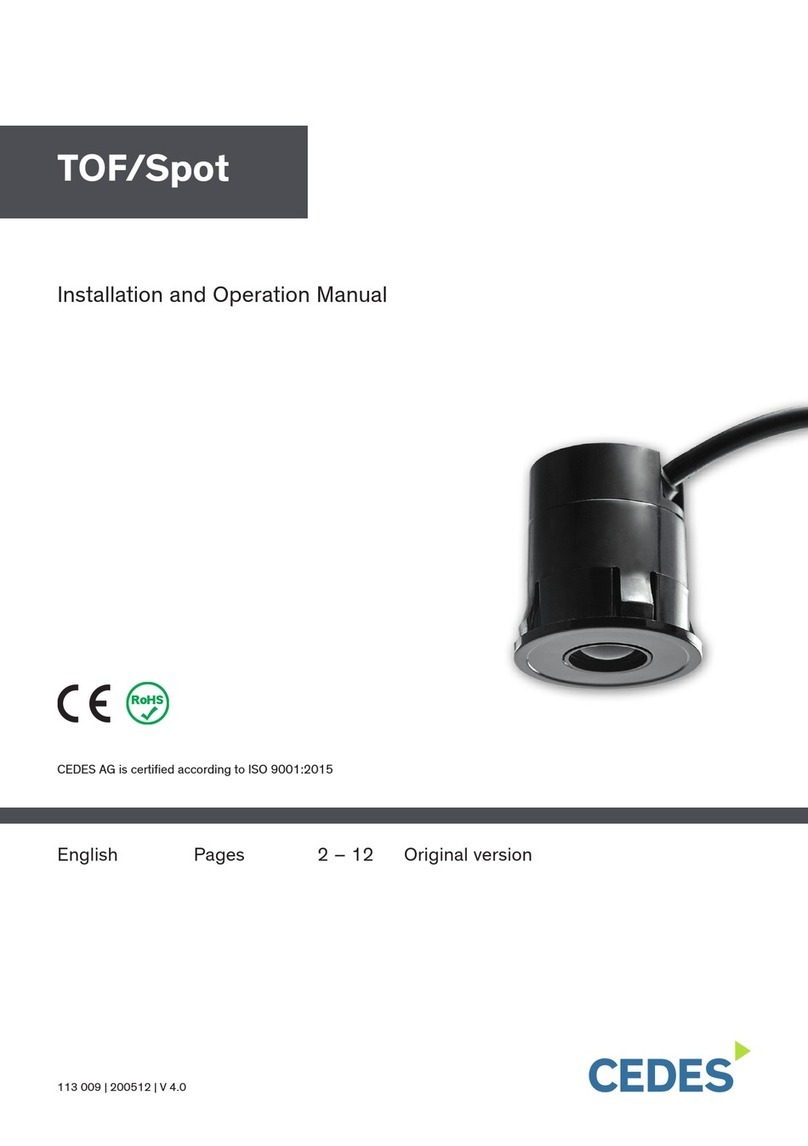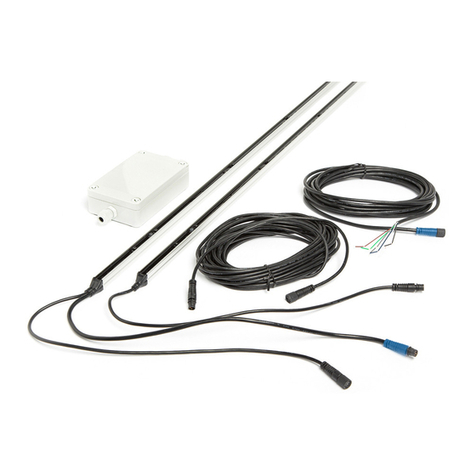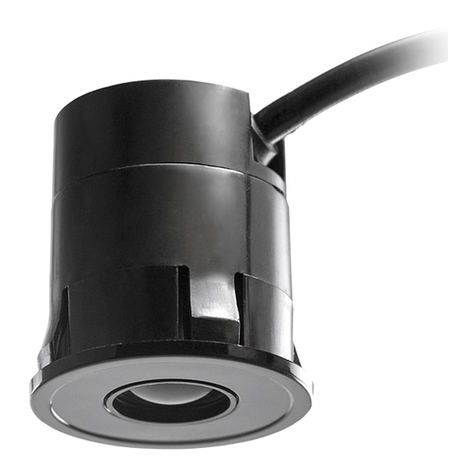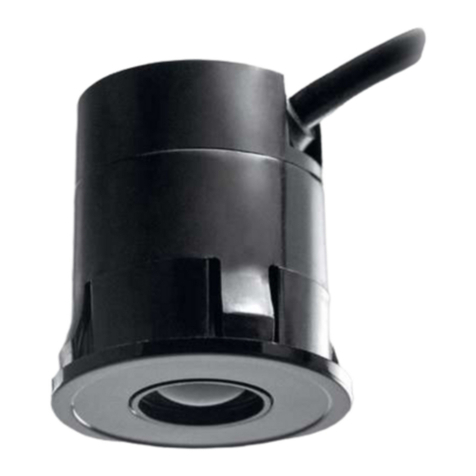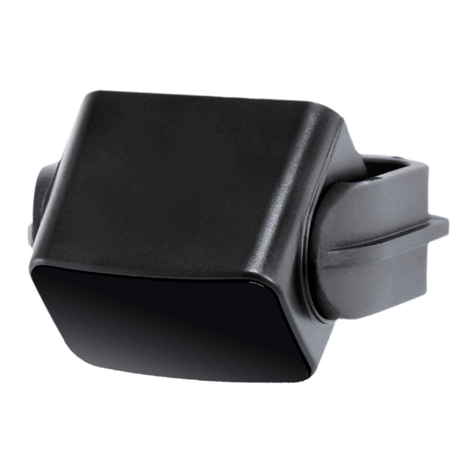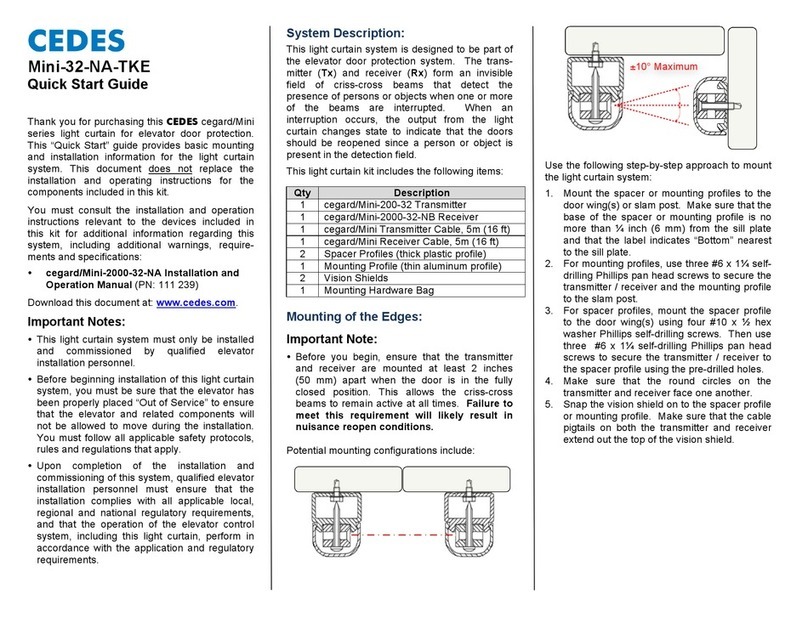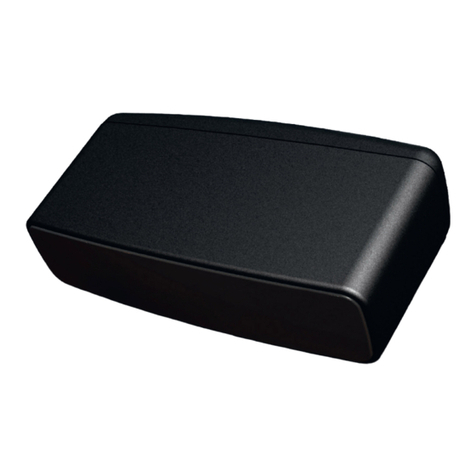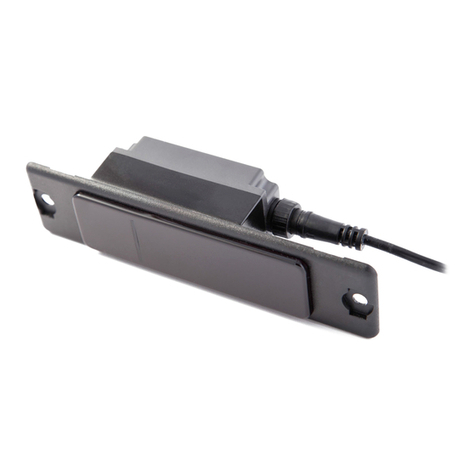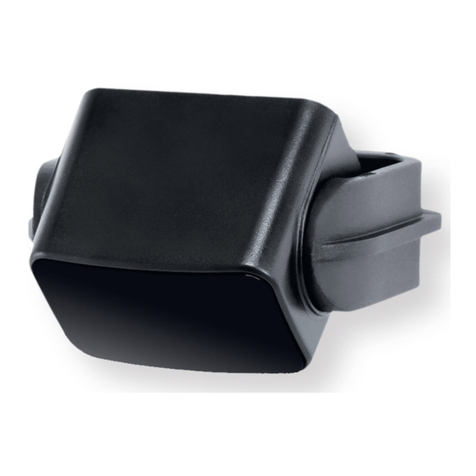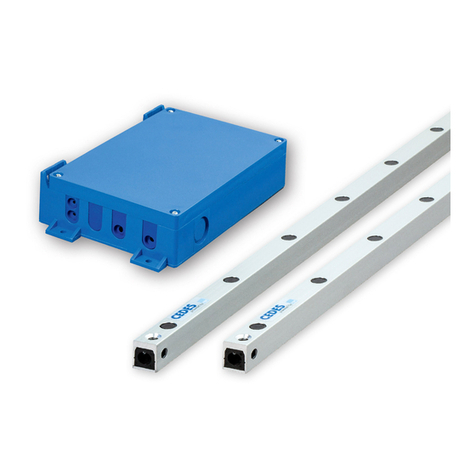Installation and operation manual ELS 300
© CEDES/October 2016 www.cedes.com 3
Content
1. Introduction ................................................. 3
2. Features of ELS 300.................................... 3
3. Applications................................................. 3
4. Dimensions.................................................. 4
5. Installation ................................................... 4
5.1. Connecting diagram ................................. 5
5.2. Testing for Cat. 2 applications.................. 5
5.3. Installation of two or more light barriers.... 6
5.4. Timing diagram......................................... 6
6. Application with Y-switches....................... 7
6.1. Output current........................................... 7
6.2. Output characteristics by using Y-switch.. 7
7. Accessories ................................................. 8
8. Troubleshooting.......................................... 9
9. Technical data ............................................. 9
10. Ordering information ................................ 10
1. Introduction
The ELS 300, is a through-beam safety light barrier
and is certified as an active opto-electronic
protective device (AOPD) Type 2, according to
EN 61496-2:2013. It consists of an emitter (Tx) and
a receiver (Rx) which has a built-in controller with
PNP or NPN output, light or dark switching. A
“Snap-In” mechanism allows fast mounting in a
mounting hole with a diameter of just 12.5 mm. A
green LED on the rear side of the Tx indicates if the
power is on. A green LED on the Rx rear side
indicates the output status. The device is sealed and
completely protected against moisture and dust,
according to protection class IP65. Reliable
operation is not affected even by direct sunlight up
to 100,000 Lux.
2. Features of ELS 300
•Type 2 sensor suitable for Cat. 2 applications
•Integrated controller
•Standard, long-range and narrow versions
available
•PNP or NPN output, light or dark switching
available
•Very resistant to ambient light
•For indoor or outdoor applications
•Excellent detection capability even in harsh
conditions
•Small and sleek design with plug-and-play
concept
•Various mounting adapters available
•Simple mounting: snap into a 12.5 mm
diameter drill-hole
•Comprehensive range of cables
•Multiple ELS 300 connectable to a network
using Y-switch
3. Applications
The ELS 300 through beam sensor family consists
of different types of sensors for automatic sliding
doors, elevator doors, escalator, travelators,
entrance gates and similar applications. Please refer
to the relevant national standards for the specific
application.
The ELS 300 can also be used as a safety light
barrier in the machine industry. In such applications,
the combination of the ELS 300 with a supervising
control unit (e.g. a programmable logic control,
PLC), can reach safety category 2 Performance
Level ‘c’, according to EN ISO 13849-1:2015.
